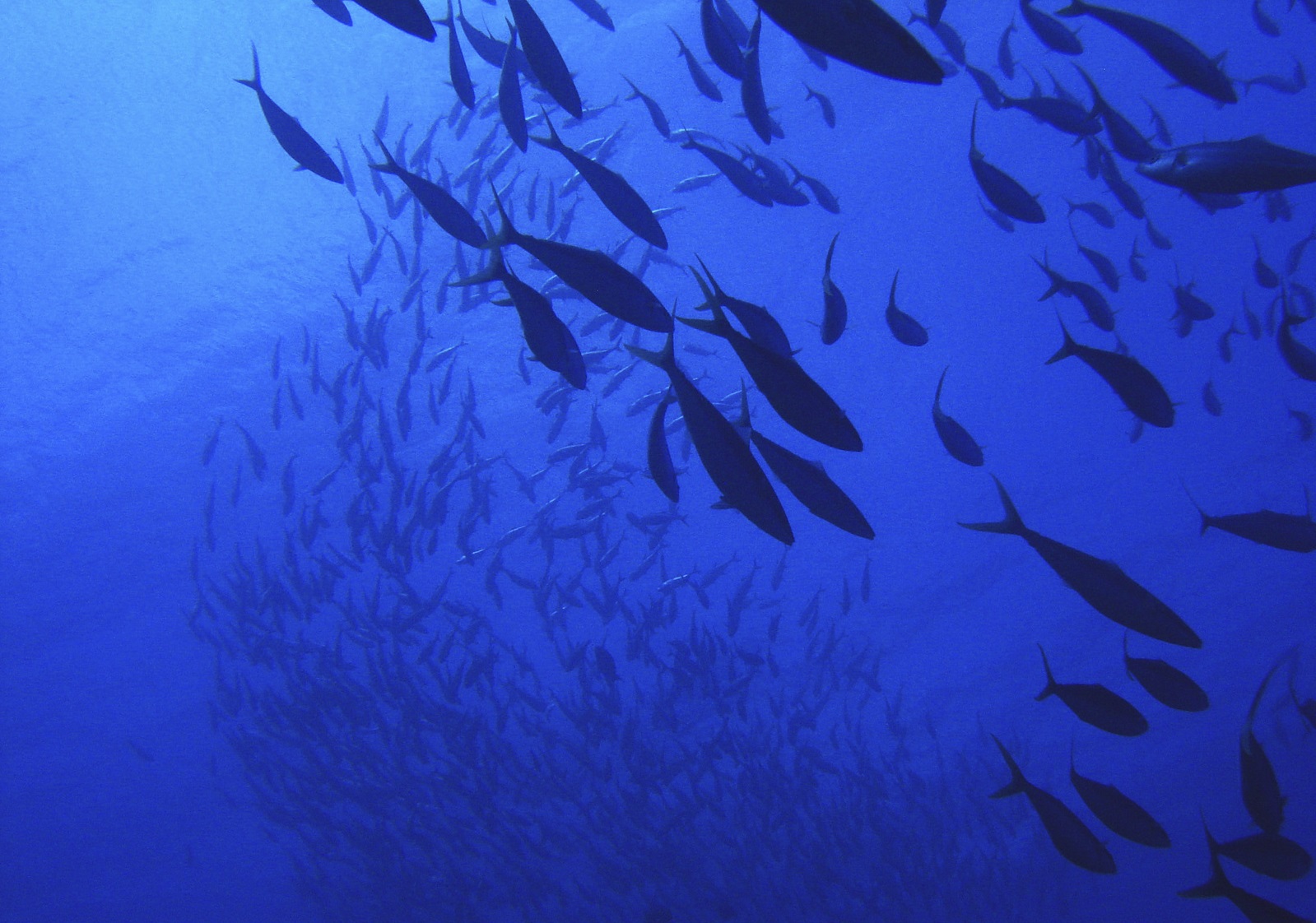Pohnpei
Overview
The Federated States of Micronesia (FSM) is comprised of 4 states (Yap, Chuuk, Pohnpei, and Kosrae) and includes 607 islands spread over 1 million mi2 of the western Pacific Ocean. Its coral reefs, estimated at 14,517 km2 are home to nearly 1000 species of fish and over 350 hard species of coral. The majority of people living on these small islands depend on natural resources for their food, livelihoods, and traditions. These resources are threatened by pressure from rapid population growth, overharvest, habitat destruction, changing cultural practices, invasive species and climate change.
FSM has committed to achieving the goals of the Micronesia Challenge (MC), an ambitious initiative by the jurisdictions of Micronesia to effectively conserve at least 30% of their near shore marine resources and 20% of their terrestrial resources by 2020. To begin to address this challenge a team comprised of representatives from the FSM government, the Micronesia Conservation Trust, and TNC, has been working with State government and local conservation NGOs to raise awareness and build support for protected areas.
In order to assist the FSM jurisdiction to determine their progress toward meeting the Micronesia Challenge goals, a workshop was held to agree on the goals of Pohnpei’s Protected Area Network (PAN), understand the principles of protected area design, and obtain other data and knowledge from community leaders. Outcomes of this workshop included:
- Consensus on representation targets for conservation features of particular importance in Pohnpei.
- Protected Area Network (PAN) design principles, which operationalize conservation goals by translating them into quantitative representation targets
- A vision for Pohnpei’s PAN: “Healthy and abundant natural resources which sustain Pohnpei”
Following this workshop, a gap analysis was conducted to determine how well the existing PAN met the goals decided on during the workshop. The process involved consultation with relevant stakeholders (multi-government agencies, local NGOs and community representatives), as well as mapping and spatial data analysis.
The gap analysis reveals that Pohnpei currently exceeds the targets specified in the Micronesia Challenge, with 30% of near-shore marine habitats and 25% of terrestrial habitats within the PAN. However, it determined that the extent to which individual habitat types are represented within the PAN is highly variable. For example, atoll reefs are better represented within protected areas than are reefs around the mainland of Pohnpei. The gap analysis also looked at whether protected areas are adequate to ensure the persistence of the habitats or species they are designed to protect. This analysis found that many MPAs are too small to protect species of interest.
The team then conducted a spatial prioritization exercise to identify and evaluate PAN design scenarios that would better meet conservation goals. In 2015, results from the gap analysis and spatial prioritization analyses were presented back to stakeholders in Pohnpei at the Pohnpei Protected Network Analysis Workshop. Results included an evaluation of the design and management of various PAN sites in Pohnpei, and concluded with a series of recommendations to improve the likelihood of meeting conservation goals. As a result of this work, there have been focus on creation of mangrove protected areas because of their importance as nursery habitat. Also several proposed or existing MPAs were redesigned based on recommendations from this work. In particular one site, Palikir Pass MPA, which originally proposed site was in adequate to protect target species was expanded to include both the reef pass, mangroves and sea grass habitat.
TNC Role
- Facilitation
- Marxan
- Science/technical expertise
- Stakeholder engagement
- Financing
TNC co-hosted the 2014 workshop with the Conservation Society of Pohnpei and Pohnpei State Governor John Ehsa. TNC also led the gap analysis and spatial prioritization analysis, which utilized Marxan to analyze conservation scenarios. This work was funded by TNC’s Mapping Ocean Wealth project.
Project Partners
Lead Institution: Conservation Society of Pohnpei
Project Partners: James Cook University- Queensland, Au, Pohnpei State Government
Status
Completed
Fact Sheets and Links
Contact
Elizabeth Terk
Director of Conservation, Science, and Planning
Micronesia Program
Email: eterk@tnc.org
Photo credit: ©Emre Turak

